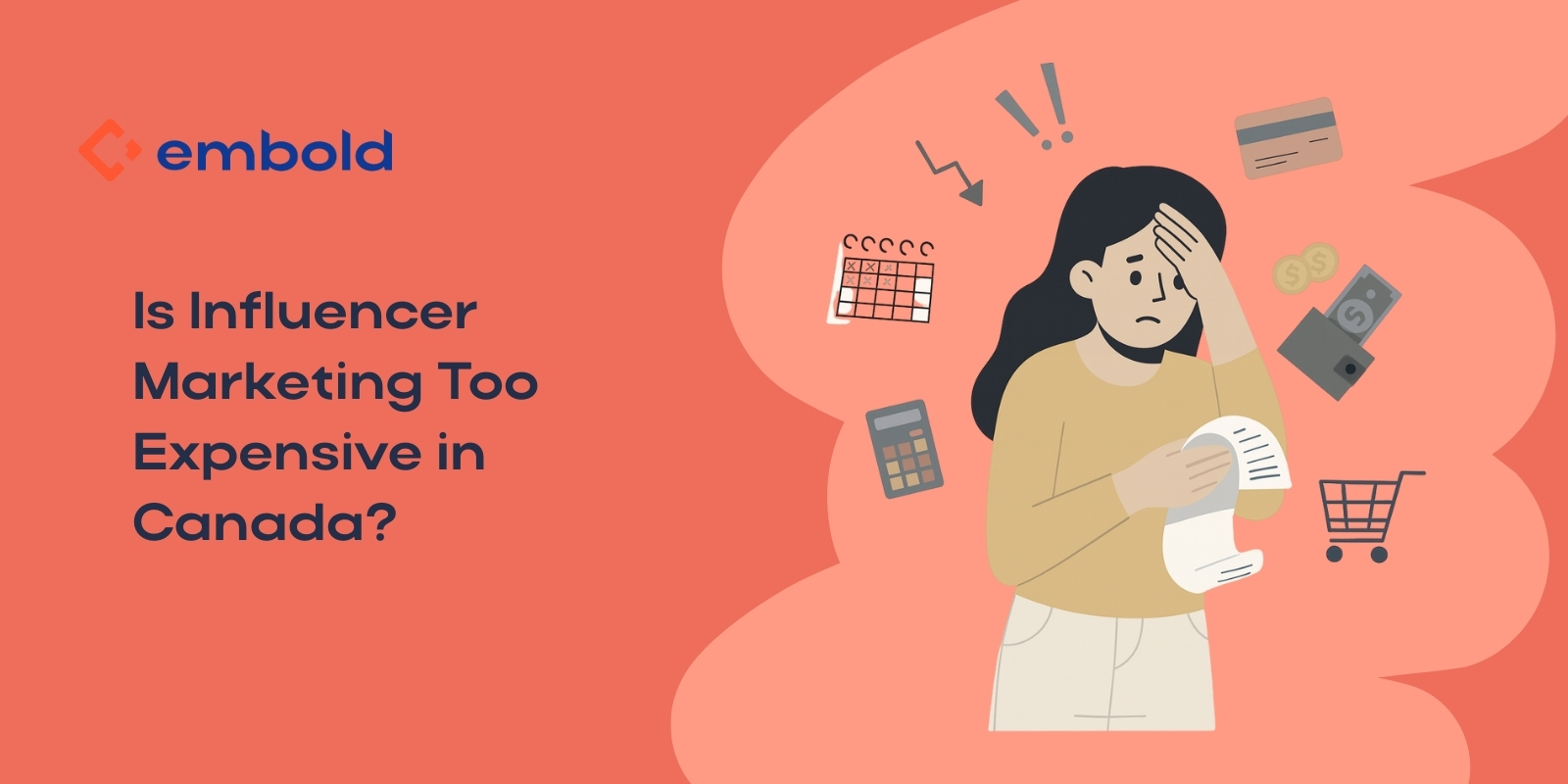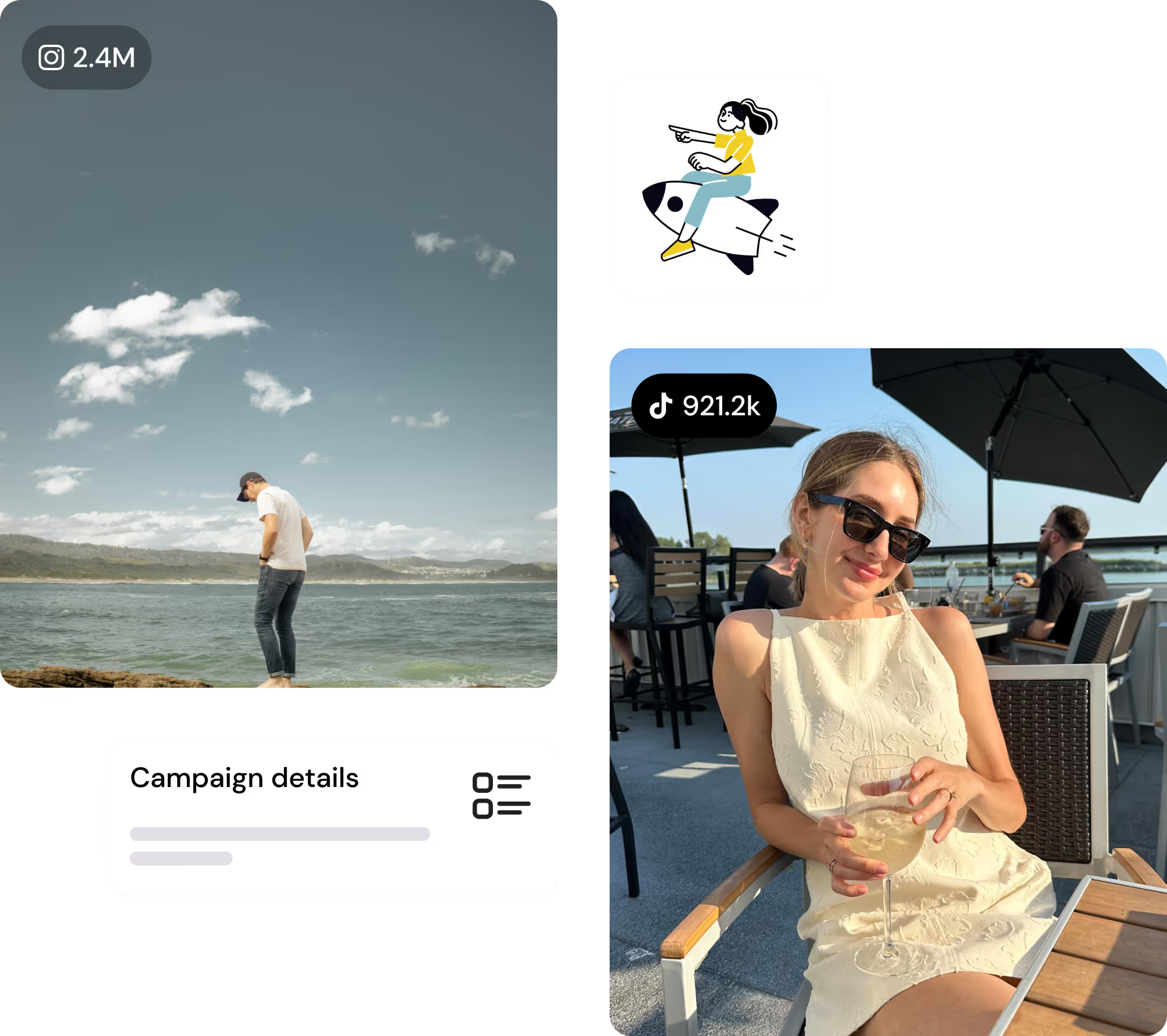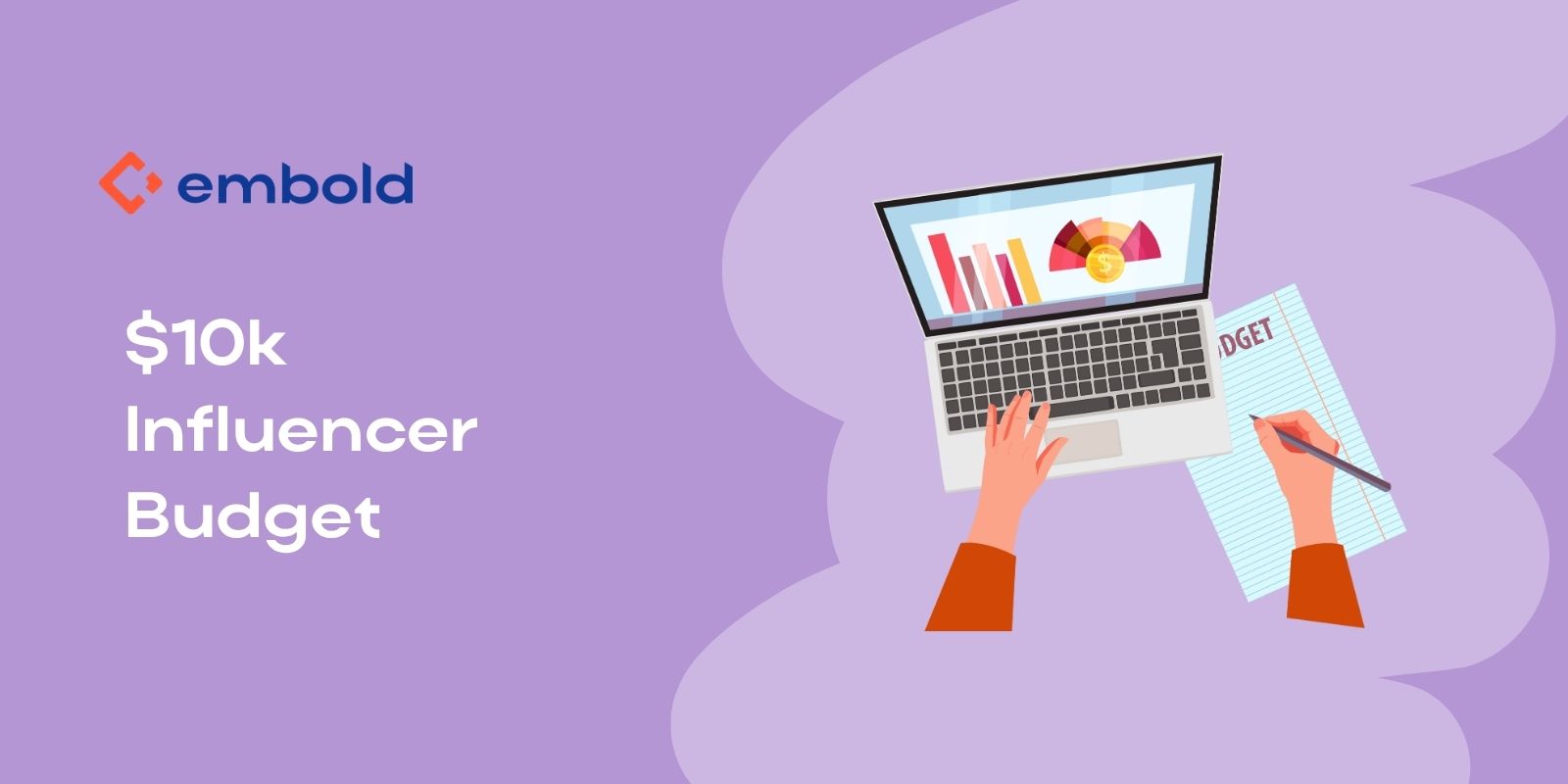
Is Influencer Marketing Too Expensive in Canada? Budget-Friendly Ways to Drive ROI

For many Canadian brands, influencer marketing feels out of reach. The headlines highlight mega-influencers charging $10,000 for a single Instagram post or $20,000 for a YouTube integration. For a small or mid-sized business, that kind of spend is simply unrealistic.
But here’s the truth: those price tags represent one end of the spectrum. Influencer marketing doesn’t have to be expensive, it can be one of the most cost-effective and measurable channels available when approached strategically.
This guide will break down the real cost of influencer marketing in Canada, show how businesses can create campaigns that fit their budget, and share practical tactics to maximize ROI.
Understanding Influencer Marketing Costs
The cost of an influencer collaboration is not a flat rate; it’s influenced by multiple factors.
Key drivers of influencer pricing:
- Follower count
- Platform
- Engagement rate
- Niche/industry
- Usage rights
- Exclusivity
Influencer Pricing Benchmarks in Canada
The key takeaway: high cost is a choice, not a necessity. By focusing on nano- and micro-influencers, Canadian brands can launch campaigns that are authentic, localized, and budget-friendly.
The Canadian Advantage: Why Budgets Go Further Here
Canada offers unique advantages that make influencer marketing especially cost-effective:
- Consumer trust – Over 70% of consumers say they’re more likely to purchase based on influencer recommendations, with Gen Z in particular discovering new products through creators daily.
- Local loyalty – Canadians value supporting homegrown brands and creators. A Toronto-based food blogger with 15,000 local followers may drive more sales than a celebrity with a national but less targeted audience.
- Strong creator ecosystem – Canada has more than 882,000 active influencers (480K on Instagram, 360K on TikTok, 42K on YouTube), making discovery easier than ever.
- Short-form dominance – Canadian audiences are consuming Reels, TikToks, and Shorts at record levels, formats that tend to be lower cost but high impact.
For brands, this means budget can stretch further by leaning into local creators, short-form content, and high-trust engagement.
Shifting the Focus: From Reach to ROI
Too many businesses fixate on follower count. In reality, smaller creators often outperform larger ones when it comes to engagement and conversions.
Average engagement rates by influencer tier:
- Nano: 2.71%
- Micro: 1.81%
- Mid-Tier: 1.24%
- Macro/Mega: 0.61–0.94%
For budget-conscious brands, this shift in perspective is critical. A smaller but more engaged audience often delivers a stronger return than a large but passive one.
Smarter Compensation Models
You don’t always need to pay a large flat fee. Alternative structures allow you to align costs with outcomes.
- Pay-per-Click (PPC) or Pay-per-Acquisition (PPA): Brands only pay when users click or convert.
- Affiliate commissions: Influencers earn a percentage of each sale tracked via links or discount codes.
- Hybrid models: Combine a modest flat fee with performance-based bonuses.
These approaches minimize financial risk and incentivize influencers to create persuasive content that drives measurable results.
The Budget-Friendly Playbook: 5 High-Impact Strategies

Here are proven ways Canadian businesses can run campaigns that deliver without overspending:
1. Product Seeding & Gifting
- Send products to nano- and micro-influencers with no strings attached.
- Enhance unboxing experiences with thoughtful packaging and handwritten notes.
- Works best when targeting creators who already align with your audience.
2. Affiliate Marketing
- Provide unique links or discount codes.
- Pay commission on every sale.
- Scalable and performance-driven.
3. Contests, Giveaways & Takeovers
- Co-host giveaways to build buzz and grow followers.
- Use rules like “tag a friend” to create viral loops.
- Let influencers “take over” your social channels for a day.
4. User-Generated Content (UGC)
Encourage your audience to share photos and videos featuring your product using branded hashtags. Then repurpose that authentic content across social, web, and ads. For deeper context, check out our post on the difference between UGC and influencer marketing.
5. Ambassador Programs
Long-term partnerships often bring lower costs and stronger results. For more guidance, see our blog on maintaining long-term influencer partnerships.
How to Execute Budget-Friendly Campaigns
Finding the Right Influencers
Instead of expensive databases, start with your existing customers who already tag your brand. You can also explore hashtags like #TorontoEats or competitor collaborations.
For a more structured approach, platforms like Embold help Canadian brands find the right influencers in Canada quickly with a vetted roster of 9,000+ creators.
Crafting Outreach Messages
- Personalize every pitch.
- Reference specific posts you liked.
- Be clear on deliverables and value exchange.
Negotiating Smartly
- Combine product, cash, and content rights.
- Suggest performance-based bonuses.
- Frame the partnership as ongoing, not one-off.
Writing a Strong Brief
- Outline goals and key messages.
- Avoid over-scripting, authenticity wins.
- Provide timelines but leave creative freedom.
Managing Your Campaign: In-House, Agency, or Platform?
- In-House: Full control, but time-intensive.
- Agencies: Access to expertise, but higher fees.
- Platforms (like Embold): Cost-efficient hybrid solution, combining tech-driven discovery, campaign management, and reporting.
For scaling efficiently, platforms like Embold also specialize in scaling influencer content through whitelisting, making your investment go further.
Measuring ROI: Proving It’s an Investment, Not an Expense
Vanity metrics like likes aren’t enough. Track KPIs that impact your bottom line:
- Conversion rate – Sales tied to influencer codes/links.
- CAC – Customer acquisition cost compared to other channels.
- Engagement rate – Measures content resonance.
- Awareness – Branded search, mentions, reach.
- Qualitative wins – Sentiment, PR coverage, community goodwill.
ROI formula:
(Revenue – Cost) ÷ Cost × 100
Example: A $10K campaign that drives $50K in sales = 400% ROI.
Conclusion: Influencer Marketing is Accessible for Canadian Brands
The idea that influencer marketing is “too expensive” is outdated. With the right approach, Canadian businesses of any size can run impactful campaigns.
By focusing on nano- and micro-influencers, performance-based payment, and creative low-cost strategies, influencer marketing becomes not an expense but an investment in measurable ROI.
If you’re a Canadian brand looking to scale your influencer marketing, get in touch with Embold today. With 9,000+ vetted Canadian influencers and solutions for every budget, we help brands launch campaigns that drive results.

The all-in-one creator marketing platform built for Canadian brands
Plan, launch, and measure all your creator campaigns from one place.
.jpg)



